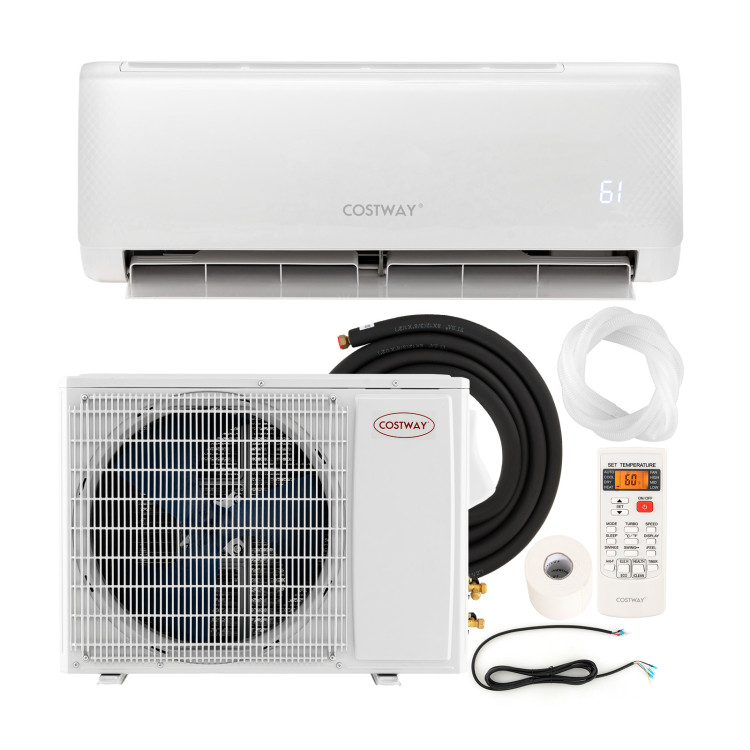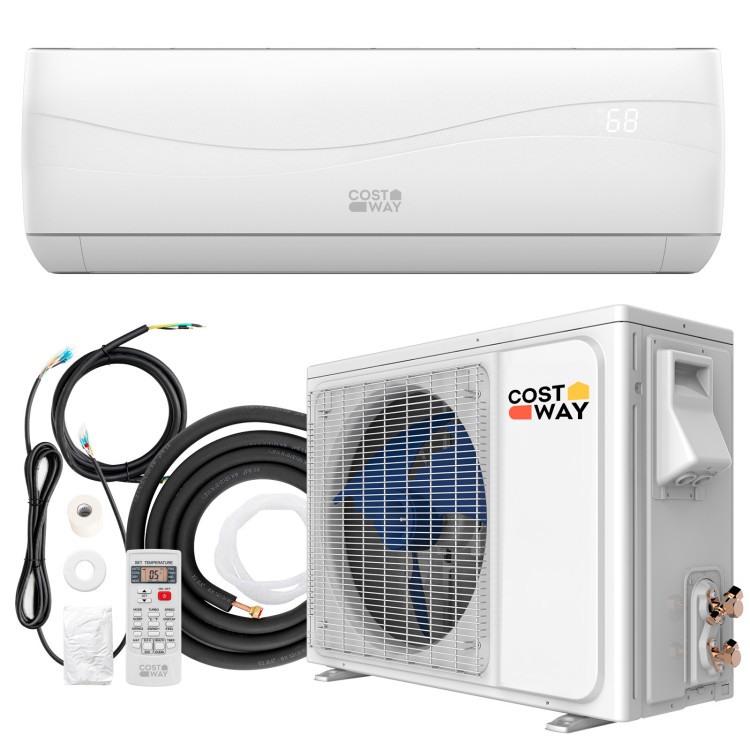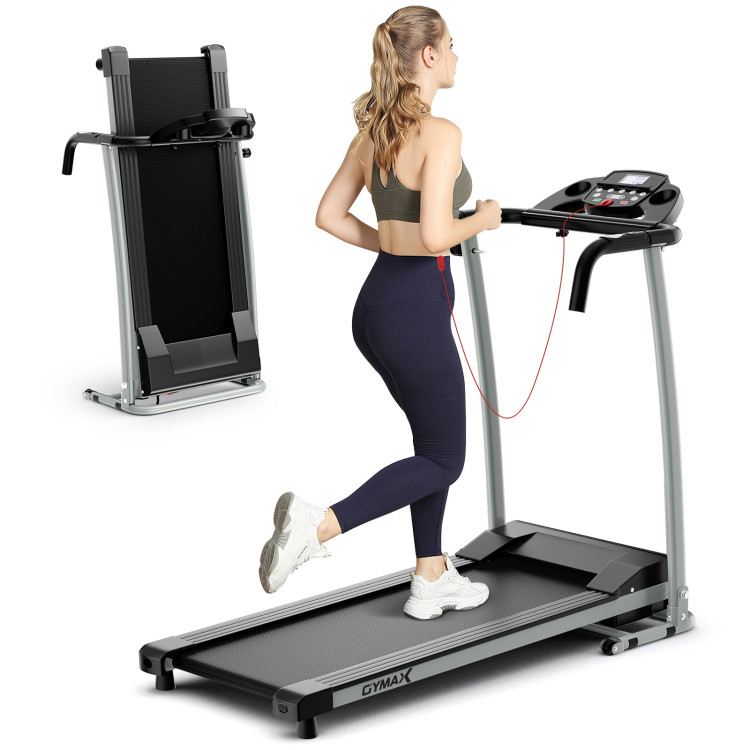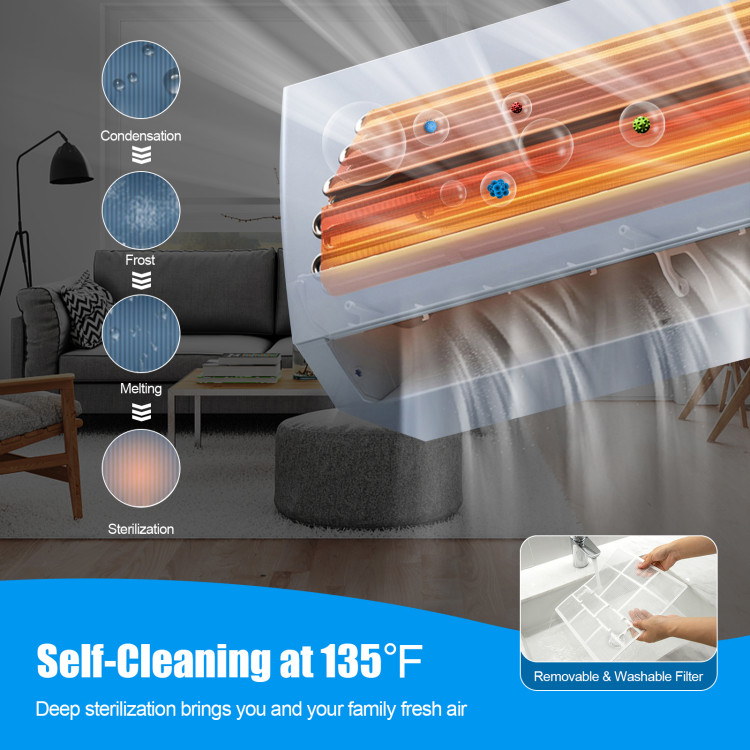A split system air conditioner is one of the most common types of residential and light-commercial cooling solutions. It is called a "split system" because it has two main components separated into two distinct units:
1. Indoor Unit (Evaporator Unit):

Houses the evaporator coil and often contains the air handler or blower.
Typically installed inside a home or building, such as in an attic, closet, or utility room.
Circulates the cooled air through ducts and out through vents or directly into the space, depending on whether it’s a ducted or ductless system.
2. Outdoor Unit (Condenser Unit):

Contains the compressor and condenser coil.
Located outside the building, usually on a concrete slab or mounted on brackets.
Dissipates the heat pulled from inside the home to the outside air.
A refrigeration line set (containing refrigerant lines) connects the indoor and outdoor units. During operation, the compressor in the outdoor unit pressurizes and circulates refrigerant, which absorbs heat inside the building and releases it outdoors. This process cools the indoor air as it passes through the evaporator coil. The blower in the indoor unit then pushes the now-cooled air into the living spaces.
Key benefits of a split system air conditioner include:
Energy Efficiency: Because the compressor and fan motors can be located outside, split systems often run quietly and can be more efficient than older window or central AC units.
Flexibility: Split systems can be used in both ducted (central air) and ductless (mini-split) configurations, offering various installation options to suit different spaces.
Zoned Cooling: In ductless mini-splits, each indoor unit can be independently controlled, allowing for different temperature settings in different rooms or zones.
Because of their versatility, split system air conditioners are widely used in homes, offices, and smaller commercial buildings.




















